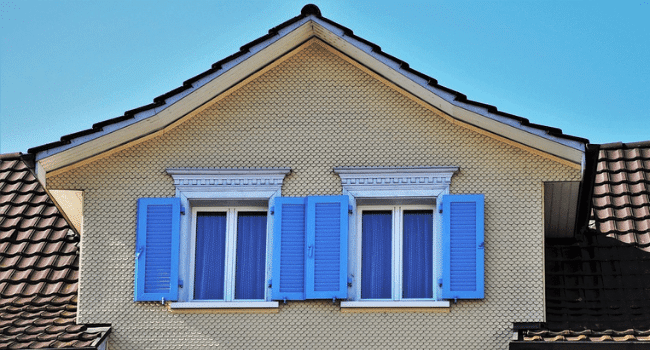Table of Contents
While everyone would love to build a home on a perfectly flat piece of land, the truth is that this just isn’t possible. The best pieces of land have already been used! Having said that, some of the best plots that are still available are on slopes for a reason. After all, where else do you get such a fantastic view?
It is possible to build on a hillside, you simply need to be aware of a few hillside-specific challenges. This will ensure you are aware of the issues and factor them into your build.
The Two Building Methods
There are two ways in which you can build when your plot is on a slope:
Cut and Fill
In effect, this means leveling up your slope. You can even cut into the slope to create a level section that allows you to build your perfect modular homes.
Alternatively, you can fill part of the slope to create a level plot. Of course, this approach does mean you need to look at retaining walls to ensure the soil that has been brought in doesn’t slide away. Before you retain you might need to reshape your home with the help of a wall removal company. Don’t worry! They will ensure a safe wall removal process which will help you to level the plot.
It should be noted this approach is good but considerably more expensive than building on a flat plot. The type of ground you are building on will affect the cost.
For those looking for alternative building approaches that adapt well to sloped terrain, modular homes Brisbane is worth considering. Modular construction can reduce waste, speed up the building process, and allow much of the work to be done off-site — which helps minimize issues such as soil disruption, site access problems, and the complications of building directly on a slope.
Stilts
The second option is to use stilts. This approach uses a crane to position a home onto structural beams that are designed to keep the back just above the ground and the front much higher. It is considerably cheaper as there is no need to disturb the soil, other than to fasten the stilts into position.
This approach is effective when building on slopes or even over water.
Drainage
In theory, drainage is easy because you are on a slope. However, rainwater and subsurface water can cause the displacement of soil on a slope, potentially causing structural and foundations issues for your home.
This is why it is essential you have experts help you with the proper drainage development and retaining walls using concrete retaining wall forms if necessary. It can prevent your home from being washed away.
The Retaining Wall Maintenance typically involves periodic inspections for signs of erosion, cracks, or shifting, which can compromise its effectiveness. Routine upkeep such as clearing drainage channels and repairing minor damages can help extend the wall’s lifespan and prevent costly repairs.
Removing Soil
If you need to remove soil then you need to remember that it can be very expensive to dig out and carry the soil off-site. This means factoring in additional costs and finance when building on a slope. It’s not just the cost of digging the soil out, you’ll need big equipment to move it all away from your build.
House Access
It is also essential to remember that it can be difficult to access some sloped sites. You need to think carefully about this before you start your project. If there isn’t a good access point it can cost you thousands extra just to get the builders and equipment on site.
While that shouldn’t stop the build from going ahead it needs to be considered first.
Equally, you should confirm what type of soil you are dealing with; it can make a big difference to building new home and its entire cost.
Read More on KulFiy
Reasons to Buy a Single Family Home in Myrtle Beach South Carolina
The Essential Guide for a First Time Home Buyer
Property Maintenance For Commercial Properties
A New Survey Reveals How Valuable Landscaping is to Potential Homebuyers
